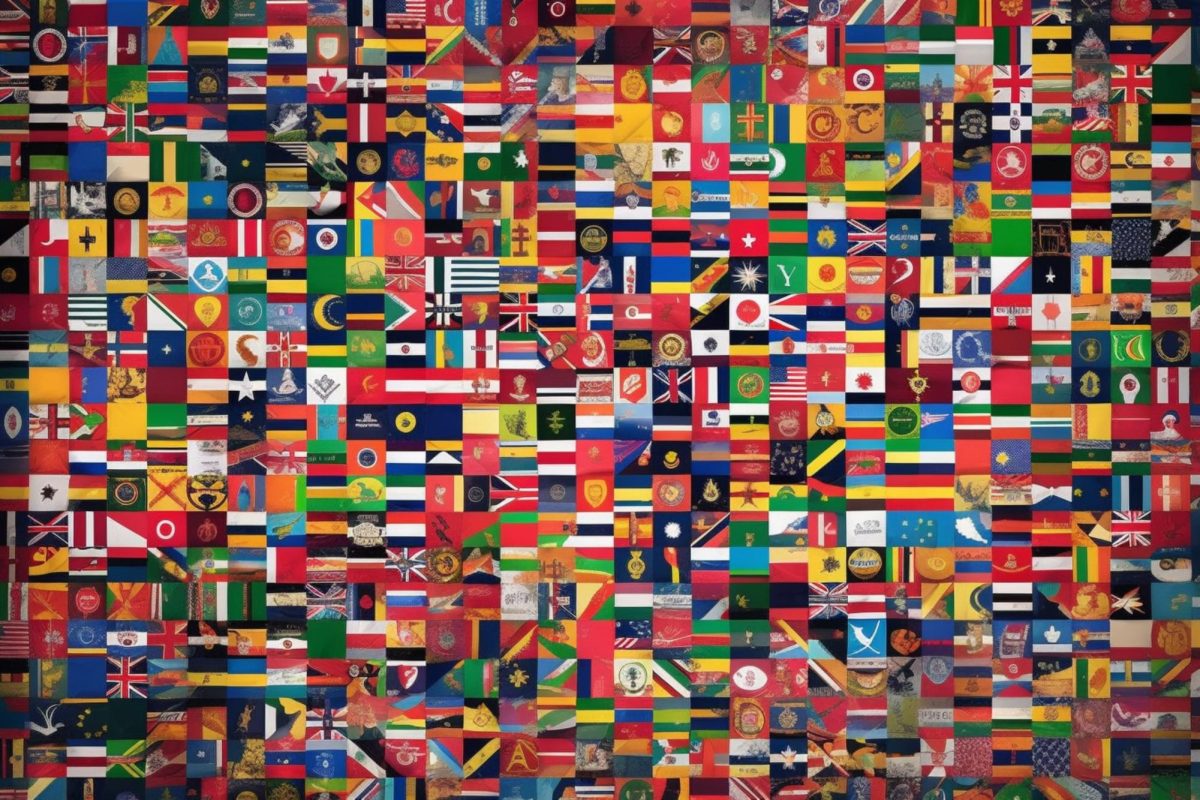Art is universally agreed to be subjective and open to interpretation, which may be why it has always been arguably one of the most beautiful things humans have created. With our own evolution, we integrate art into our everyday lives, with some making it their careers. To honor such artists of differing mediums, we selected a few of our favorites.
Pierre Auguste Cot
As a sucker for renaissance and neoclassicism, French painter Pierre Auguste Cot (1837-1883) embodied the academic period of art. Particularly skillful and known for his portraiture, Cot captured and articulated what the people in his paintings were like in that very moment. When looking at his work, the viewer may feel as though the painting is alive and the essence of the person in the portrait; making time feel still in that very moment. Cot is most known for his “Springtime” (1873) oil on canvas painting of a youthful couple on a swing representing their youth, renewal and love not only with each other, but with the season of spring, as well.
M.C. Escher
A man of illusion and mystery; M.C. Escher (1898- 1972) was a dutch graphic artist who specialized in woodcuts, lithographs and mezzotints. At the height of his career, Escher explored concepts of infinity and relativity and was well known for his inspirational obsession with mathematics, famously using mathematical theories to compose impossible illusions. He is known most for his piece called “Relativity” (1953) as it famously depicts a series of intertwining staircases within which the normal rules of gravity do not apply.
Nikki Giovanni
Poetry is a written art, becoming visuals as they are read many timesover. The understanding becomes clearer as you analyze the stanzas, evaluate why each line breaks that way. Nikki Giovanni’s works have a way of drawing you in, then smacks you in the face with the brick of reality. She usually does this with the last line. “House Cleaning” (2015) starts with why she likes house cleaning; but in the last two lines you realize she is talking about breaking up with someone. Her poems are powerful and impactful and really leave you to think about what she has written.
Greta Gerwig
The talk of the town, Greta Gerwig (1983- ), has been sparking conversations in every household. The director and actress has been involved in different mediums of film and theater for years, working her way up the ladder to be in the position where she was able to direct. Gerwig’s films have a way of captivating the audience, whether it be by the on-screen visuals, theme or overall plot. Her biggest achievement is the recent hit film, “Barbie,” which has grossed more than $1 billion. The movie lightheartedly explores the idea that “Barbie can do everything!” while the main character is struggling with her self-identity and gender disparity.
Vincent Van Gogh
The man, the myth, the legend. Vincent Van Gogh (1853-1890) was a Dutch painter whose art influenced history. One of his most famous paintings was “The Starry Night” (1889), which resides in the Museum of Modern Art, depicts an imaginary village off to the side of the main night sky scheme. However, this painting has a hidden eerie back story of where it originated. Not many know that this painting is a view of Gogh’s room from the asylum, reflecting the emotions and observations present when he was in this depressive episode of his life. The goal of his work, however, was to provide consolation and connection to humanity through his art.
Maija Isola
Arguably an artform, fashion has continued to be an explored outlet for artists throughout the centuries. The bold and bright Marimekko Clothing and Fabrics Company has supplied thousands of hit patterns since the late 1940s. Finnish designer, Maija Isola (1927 – 2001) founded Marimekko and some of its most iconic prints. Some of her popular prints such as “Poppy,” “Albatross” or “Nature” were created to counteract the dull, subdued fashion of the monochrome 1950’s. Marimekko still exists to this day as a high-end clothing and textile company meant to compliment all free-spirited women.















